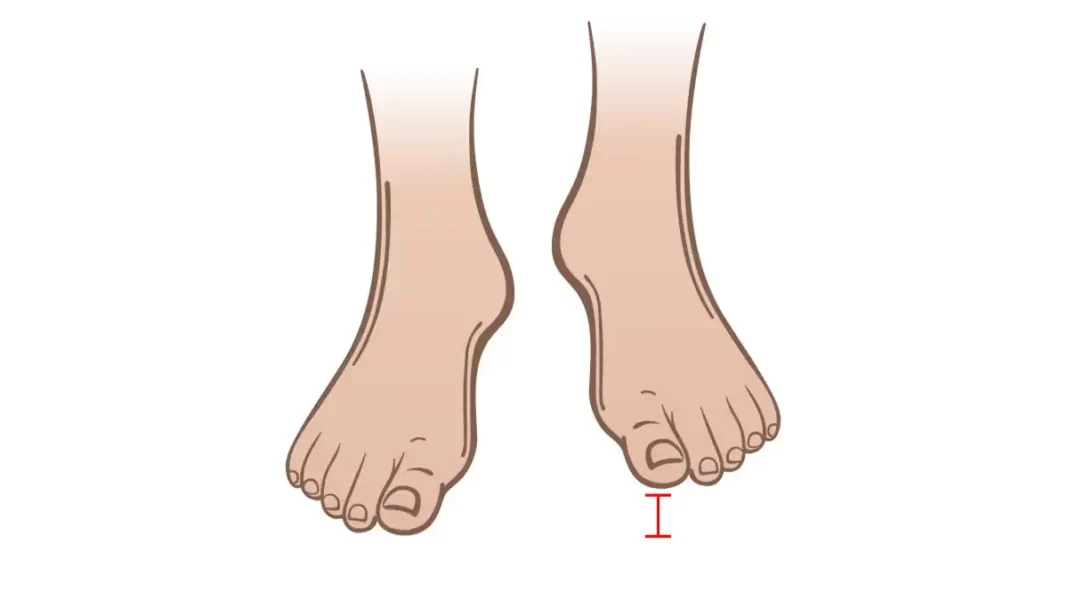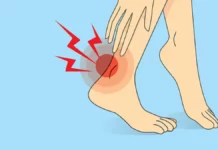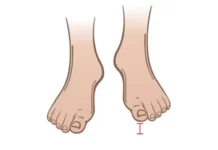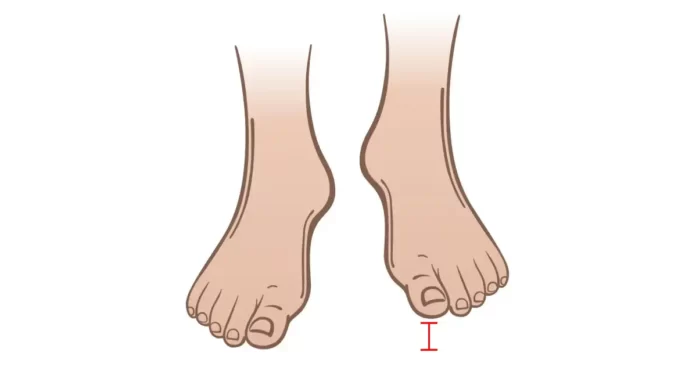This condition affects almost 90% of the population with an average difference of 5 mm between the length of the legs. A leg may be anatomically shorter or longer if physically a change has occurred to the physical structure. The reason for functional equality is the other one that is not caused by a structural change.
Leg length inequality was classified according to the extent expressed in cm or mm and described as mild, moderate, or severe.
- Mild minus 3 mm
- Moderate 3-6 mm
- Severe plus 6 mm
McCaw, S.T. and Bates, B.T. Biomechanical implications of mild leg length inequality. Br J Sp Med 25(1): 10-3, 1991.
In 1994, the American Academy of Orthopaedic Surgeons published a study in which it was discovered that a divergence of 1.2 cm affected the orientation of the scoliosis curve.
A leg length discrepancy of about 1.27 cm could lead to compensatory scoliosis of the lumbar spine.
Gofton, J.P. 1985. Persistent low back pain and leg length disparity. The Journal of Rheumatology. 12(4): 747-50.
Consequence
A longer leg will try to compensate for the height of a shorter one.
This malposition will have serious long-term repercussions on the biomechanics of the lower limbs. Accelerated wear of the joints will lead to premature ambulatory difficulties.
Correction
The heel cup will be beneficial in balancing the inequality.
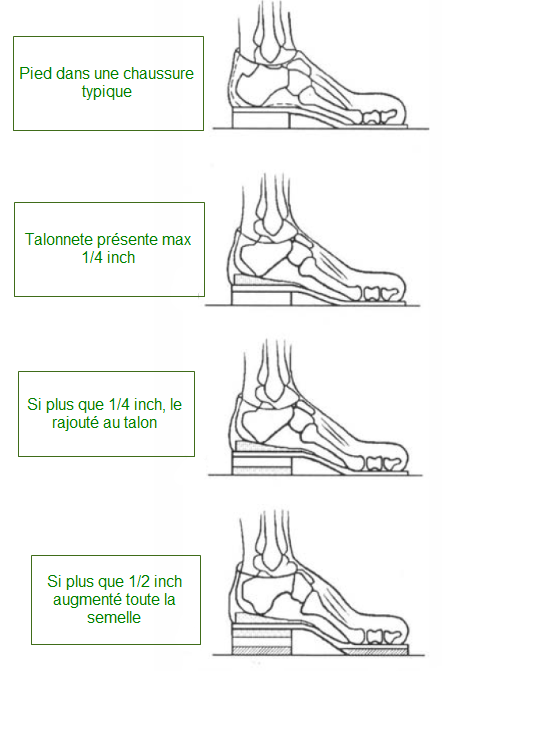
One study indicates that an 80% reduction in pain will be experienced if a 1mm correction is made using a heel cup.
Irvin RE. Reduction of lumbar scoliosis by use of a heel lift to level the sacral base. jAOA. 1 99 1 ;9 1 ( 1 ) :34-44.
Irvin RE. Reduction of lumbar scoliosis by use of a heel lift to level the sacral base. jAOA. 1 99 1 ;9 1 ( 1 ) :34-44.

